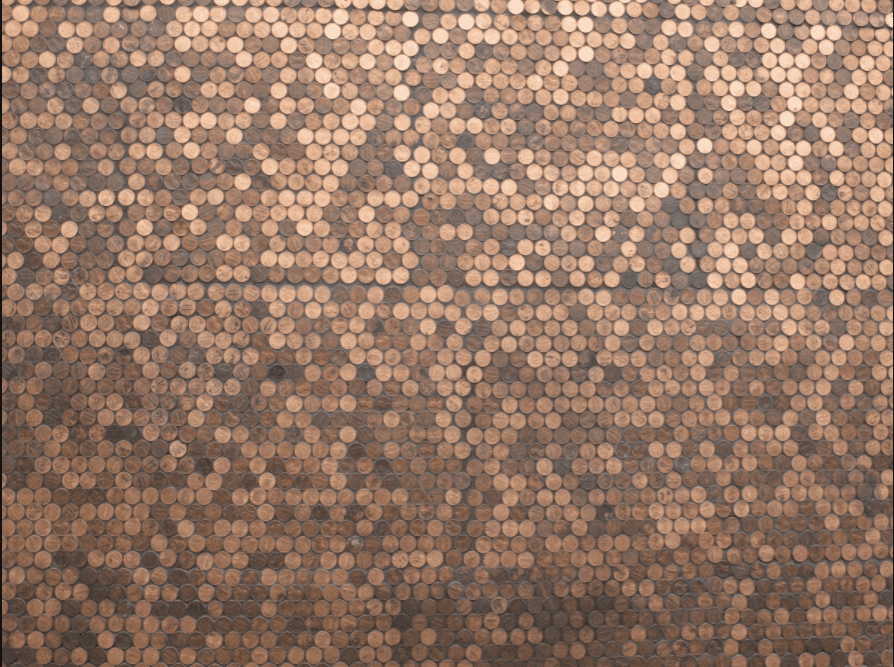Healthcare professionals might soon be bringing on the bling in the workplace, as UK and Chinese researchers designed copper-covered uniforms to help fight bacteria.
Materials scientists from the University of Manchester, working with counterparts from several universities in China, have created a ‘durable and washable, concrete-like’ material made from copper nanoparticles. They’ve also developed a method of bringing this composite to textiles such as cotton or polyester, a world first.
Coppering out
Bacterial infections are a major health issue in hospitals across the world. These tiny prokaryotes spread throughout healthcare facilities on surfaces and clothing, leading to losses both of life and of funds. The issue becomes worse still after you factor in the rise of drug resistance in most strains, which is rendering our once-almighty antibiotics more and more powerless. So we need to look for alternative ways of dealing with them, ones that do not rely on antibiotics.
One increasingly promising set of tools in our fight against disease are precious metals, such as gold and silver, which have excellent antibacterial and antimicrobial properties. However, deploying these on the surfaces and clothing mentioned earlier runs into some pretty obvious problems: first, gold and silver are really expensive — after all, they literally used to be money. Secondly, they don’t lend that well to making practical clothes, especially in a hospital setting.
Enter copper. Less expensive than gold or silver, copper is nevertheless still very good at killing pathogens, which solves problem one. However, up to now, we still didn’t have an adequate answer to issue number two — which is what the team addresses in this paper.
Using a process dubbed ‘Polymer Surface Grafting’, the researchers were successful in tying copper nanoparticles to cotton or polyester using a polymer brush. Cotton and polyester were chosen as a test bed as they’re the most widely used natural fiber and a typical man-made synthetic fabric, respectively.
The materials were brushed over with copper nanoparticles measuring between 1 and 100 nm, which is really small — one nm equals one-millionth of a mm. The metal particles formed a strong, stable chemical bond with the cloth, meaning the metal won’t flake off or be washed away.
“Now that our composite materials present excellent antibacterial properties and durability, it has huge potential for modern medical and healthcare applications,” says lead author Dr Xuqing Liu, from UoM’s School of Materials.
During lab tests, the copper-coated materials easily killed Staphylococcus aureus (S. aureus) and E. coli, two of the most common and infectious bacteria in hospitals, even after being washed 30 times.
The team says their results are very promising, and Dr. Liu adds that “some companies are already showing interest” in developing it further.
“We hope we can commercialise the advanced technology within a couple of years,” he adds. “We have now started to work on reducing cost and making the process even simpler.”
The paper “Durable and Washable Antibacterial Copper Nanoparticles Bridged by Surface Grafting Polymer Brushes on Cotton and Polymeric Materials” has been published in the Journal of Nanomaterials.










